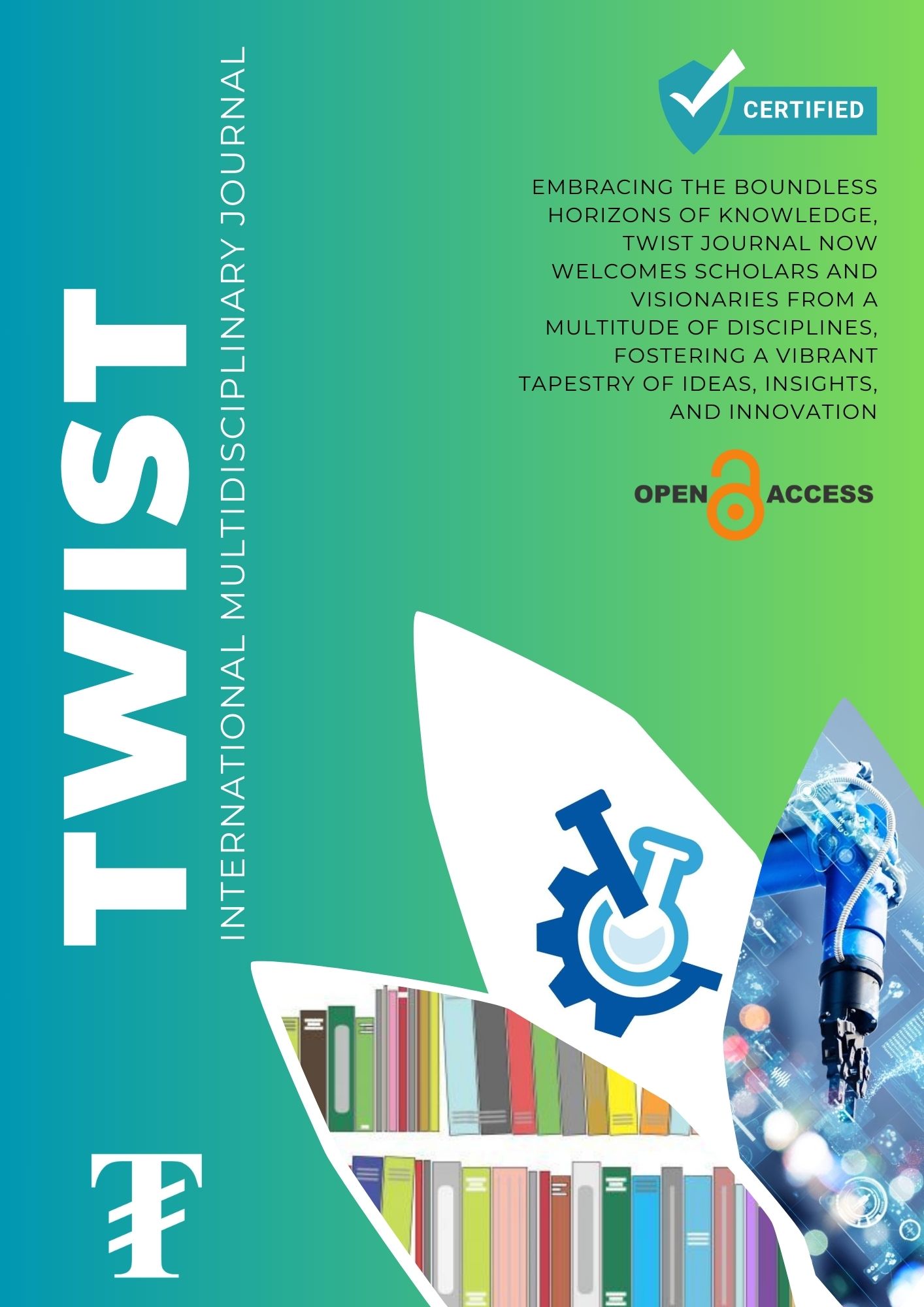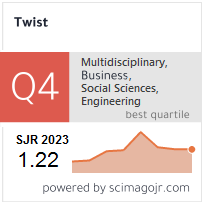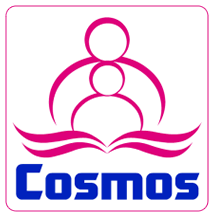A Review on 4D Printing Technology for Fabrication of Intelligent, Programmable and Functional Structure
Keywords:
Shape memory polymers, Bio printing, 4D printing, HydrogelsAbstract
One of the most significant developments of the twentieth one was 3D printing, which has made it possible for us to create three-dimensional objects based on digital models. The development of 3D printed objects' structural and functional aspects is the focus of 4D printing. Structures made with 4D printing are dynamic and malleable; they can change over time in terms of form, characteristics, and functionality. Intelligent sensitivity and programmable activity enable 4D materials to react to a variety of stimuli, including light, heat, pH, magnetic fields, and so forth. These stimuli are broadly classified as physical, chemical and biological stimuli. When developing or 4D printing goods a variety of stimuli-responsive materials are used, including shape-memory materials, shape-memory alloys, and shape-memory polymers. Hydrogels are three-dimensional networks of cross-linked polymers that have the ability to absorb and retain large amounts of water while maintaining their unique shape. Compared to traditional hydrogels, smart hydrogels have a number of benefits, including high specificity, excellent controllability, multifunctionality, etc. Hydrogels are the material of choice for four-dimensional bio printing because they can be used to create living structures like tissues, organs, or cells. Various 4D printing applications include 4D hydrogel drug delivery systems, oral formulations, micro needles etc. Oral formulations include shape memory expandable GRDDS. Microneedles are generally used for enhancing tissue adhesion. High responsiveness, high precision, and regulated drug release are essential features of 4D-printed drug constructs. Although 4D bioprinting has opened up a novel direction for the drug delivery industry, regular commercialization and clinical implementation of both still remain a long way off.
Downloads
Downloads
Published
Issue
Section
License
Copyright (c) 2024 TWIST

This work is licensed under a Creative Commons Attribution-NonCommercial-ShareAlike 4.0 International License.











